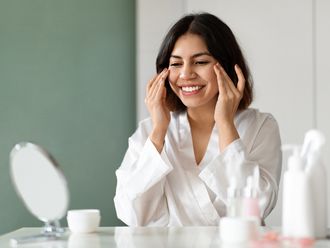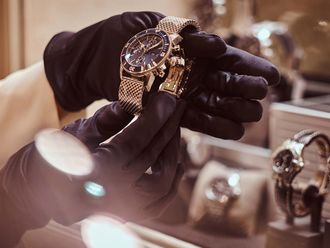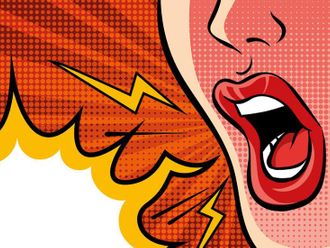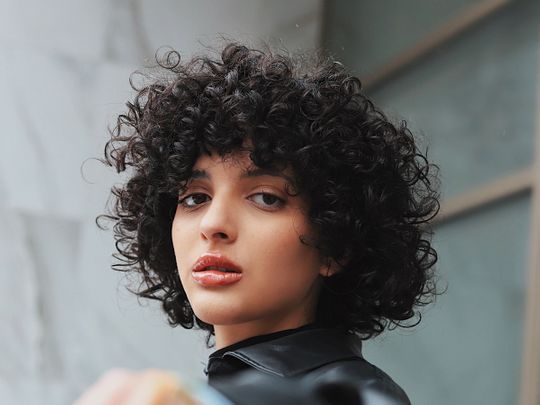
Throughout school, my hair was a well-kept secret. It was thick, curly and frizzy, everything my friends’ tresses were not. Mum with her own ringlets would sit me down in front of the mirror, spending hours oiling and braiding my hair, like her mum had done before. Brush it and it would resemble a cloud; wear it loose and it would look untidy; so I did the next best thing – befriended a straightener for nearly a decade.
A fellow curly head in Dubai, Alba D’souza, a 35-year-old public relations and marketing manager, recounts a similar childhood: “For the longest time, I used to straighten my hair because I thought something was wrong with having curly hair.
“Growing up, my dad would blow-dry my hair and mum would comb it – it would be so painful. There was no understanding of curly hair then and no one knew what to do.”
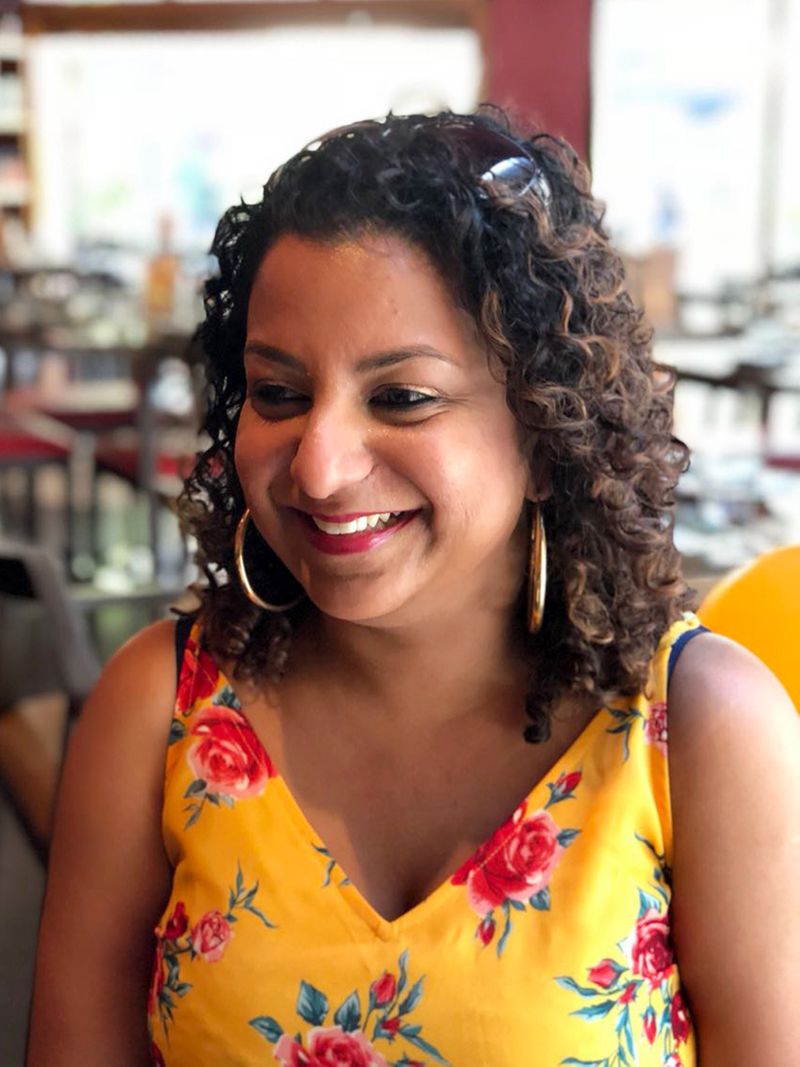
Alba resorted to cut her hair short in her teens, to save her from all the trouble. She now wears her shoulder-length curls loose, hydrated and moisturised with no frizz in sight. What changed, you ask? The Indian expat discovered the golden rules to managing curls.
This includes forgetting everything you currently know about washing and styling your hair. Scary, we know. But Sara Adel Rashad, co-founder of The Curl Therapy salon in Dubai, says all curly heads can achieve big, healthy hair with the right mix of knowhow, effort and patience.
Knowing your curl pattern
Your haircare routine will largely draw from the curl pattern you have: Is it wavy, curly, coiled or kinky?
“The first step to having healthy curls is to understand what type of hair you have and what it needs,” said Rashad, whose own journey began back home in Egypt while cooking up curl-friendly recipes with her inspiration - her mum, Mony Rahman.
The mum-and-daughter duo then shifted to Dubai and realised their dreams in the form of a hair salon in 2020, one solely dedicated to girls with all types of curls.
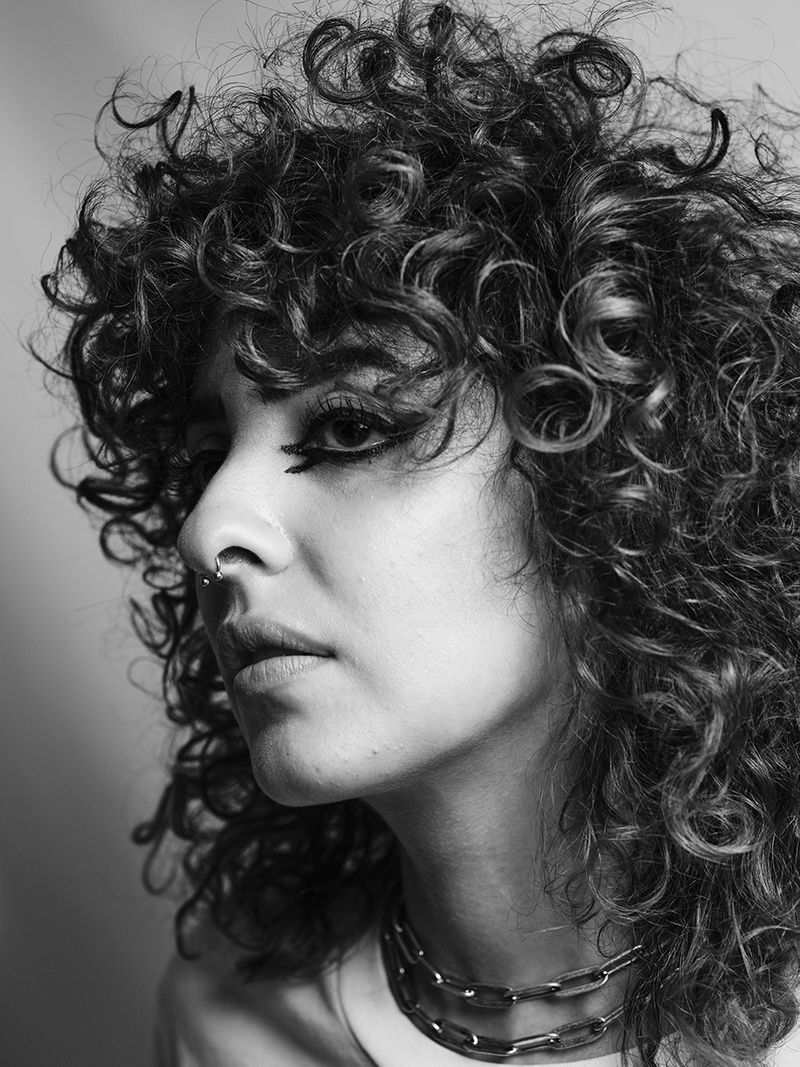
If your strands are wavy, curly or kinky, the follicles or the hair pockets underneath the scalp are curved like a golf club. Experts have also found that the springy S-shape owes to keratin distributed unevenly in the hair fibre, collecting in the curves, as opposed to straight hair.
Rashad is trained and certified by the Curly Girl Method creator and British-born hairstylist Lorraine Massey, who authored a handbook in 2010 that offered a step-by-step guide to natural curls. Following the widespread popularity of 'Curly Girl: The Handbook', which discourages sulfate shampoos, terrycloth towels and silicones in hair products, the CGM movement spurred countless curly hair tutorials and influencers on social media.
Branching out from the Curly Girl Method, Rashad and Rahman have developed their own curl care principles. Rahman tells us what each curl pattern looks like and means for curl heads:
1. Wavy hair: Yes, the slight waves or loose S’s in your locks do count as a curl type.
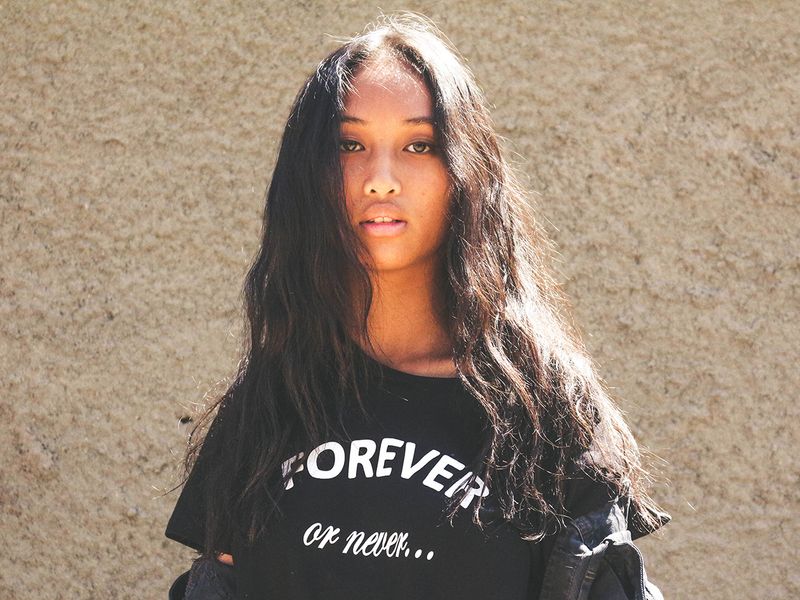
“Wavy hair is not high-maintenance because it’s not so dry – since curly hair tends to be naturally dry. This hair pattern doesn’t hold on to a shape for very long. It only requires lightweight products, so it’s very easy to manage,” said Rashad.
2. Curly hair: According to Rashad, this is the most common curl type around, especially in the Middle East.

These curls are more defined than wavy, forming loops and springs, and are prone to frizz. We’re now moving up on the dryness-maintenance scale. “You will typically need more than one hair product for this type, and most people have different patterns on one head,” added Rashad.
3. Coiled hair: Rashad describes this as the “telephone cord” curls, with smaller diameter.
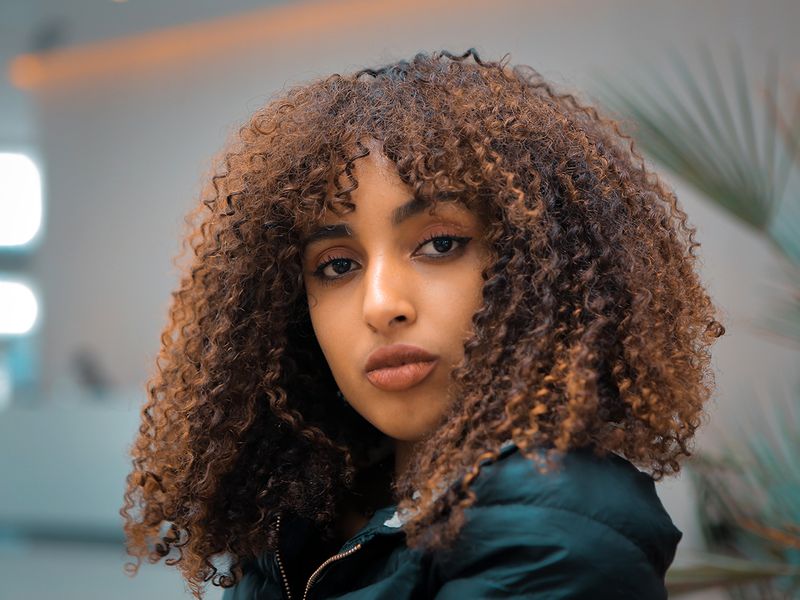
They are tight enough to fit a pencil inside a hair lock, and demand more attention in the hydration department. Products used on coiled hair will be too heavy, for instance, for the curly hair type.
4. Kinky hair: “This is the Afro-textured pattern, which is of the driest kind,” said Rashad.
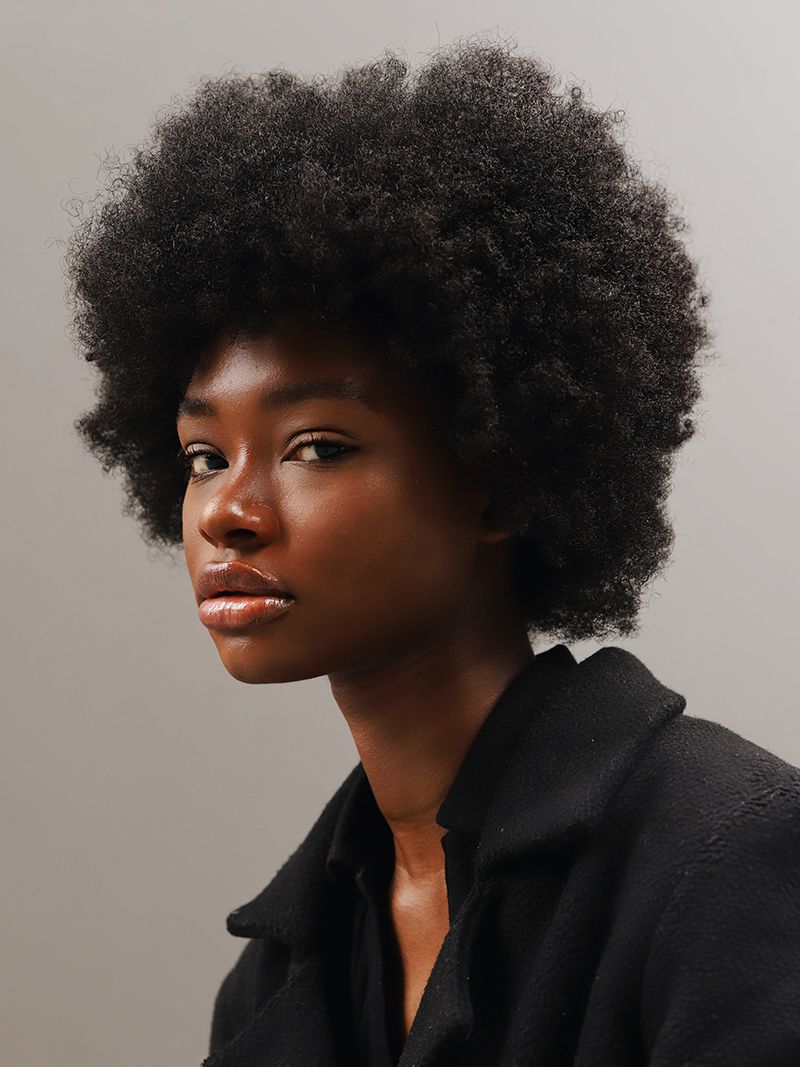
With this type, the curls begin right from the scalp, featuring tight, zig-zag coils. Because the number of curls is higher in a single strand, kinky hair is more vulnerable to breakage and dry spells, so fatty curl creams, like those made with shea butter, are a must.
“If you really want to rock [kinky hair], have patience and you will have one of the best curl types ever,” she added.
Curly hair tips: Dos and don’ts
A catchall haircare routine is not going to cut it for all curl types across the spectrum. Rashad says even the way you wash, dry and apply products will be unique to your tresses. So where to begin?
Start with some tips and tricks that can become the basis of your natural hair journey, especially for those sporting the most common pattern in the region – the curly hair.
Washing

1. Don’t ditch the shampoo: The majority of the curly hair community is a firm believer of co-washing, where we bin the oil-stripping shampoos in favour of the gentle conditioner.
While this works for some, Rashad suggests otherwise. A ‘no-‘poo technique’ means your scalp is never getting the cleaning it needs from all the product build-up.
“There’s a huge problem with people not knowing you need to shampoo your scalp properly. It’s the extension of your skin and is different from the hair, which is fibre. Without a cleanser like the shampoo, you hair will be weighed down with oils and products,” she said. “Shampoo at least once or twice a week.”
2. Pick the right shampoo: But what about the notorious sulfate?
Sulfates in shampoo are what give us that satisfying, foamy lather in the shower. They also clean a little too well, meaning along with dirt and buildup, sulfates can strip away natural moisture from the scalp and hair.
“There are many shampoos with cleansing properties that are not harmful right now,” said Rashad.
If the hair always feels unpleasantly squeaky clean after shampooing, try switching to a sulfate-free formula.
3. Wash gently: Shampoo is reserved for your scalp, so keep the lather to the areas that need a good cleanse.
“Massage the scalp in small circles using the pads of your fingertips, not nails since that can cause breakage. But put some strength into it – you need to remove buildup,” said Rashad.
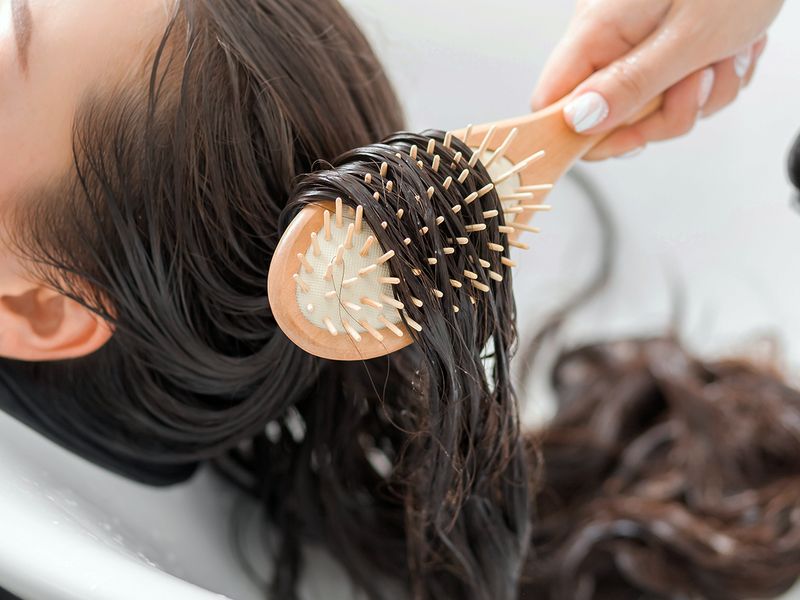
4. Brush in the shower: Always follow up a ‘poo wash with a hydrating conditioner, and apply only from mid-length down, paying extra attention to the tips – never the scalp.
And while you’re waiting for the conditioner to do its job, reach out for the brush and gently detangle your hair in the shower. The best time to brush your curls is when they are wet and moisturised. Rashad recommends a hair brush with long silicone bristles for minimal breakage.
If you’re unsure about your conditioning product, Rashad lists some of her favourite moisturising ingredients that you can look for: Honey extract, which locks in moisture; cetyl alcohol, a ‘good’ fatty alcohol that adds the slip you need for detangling hair; and Behentrimonium chloride, a compound that makes the hair soft, shiny and easy to manage.
Styling

1. Apply products to wet hair: Products are the crux of your curly hair routine, which involves a lot of trial and error. Styling application comes right after shower or when the hair is still waterlogged after shampooing and conditioning. You will need some hold to retain your loops, frizz-free, for the next few days.
Before you begin, lightly pat your dripping hair with a microfiber towel or a cotton t-shirt. “Never use a terry cloth towel,” said Rashad, since its rough texture and many loops create unnecessary frizz in the hair when it dries.
Now, what’s going on your hair first? It depends. Rashad starts off with a leave-in conditioner, which you might opt out of because your curl type doesn’t need additional hydration. She then follows it up with curling gel for definition and curl mousse for hold.
Both of these keep curls from drying out and losing their shape on non-wash days.
“Coiled and kinky hair types will always use heavy curl creams [in their styling routine],” said Rashad.
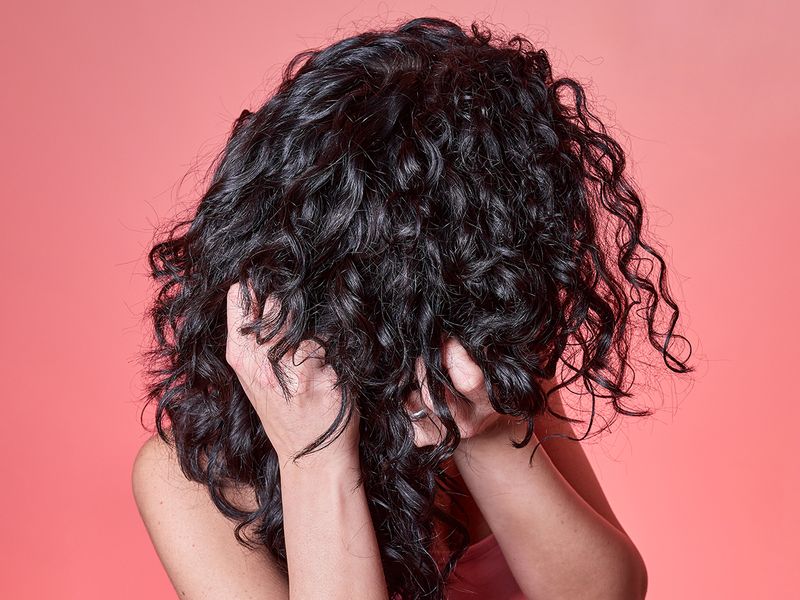
2. Scrunch, scrunch: As with in-shower conditioner, do your best to keep the products from touching the scalp.
Spread the dollop of gel, mousse or cream all over your hands, including fingers, and gently rake through your curls. Some do opt for the brush here to distribute the product better. Once done, tilt your head to the side, cup the ends of the curls and scrunch towards the scalp.
Scrunching after every product helps the hair bounce back to its natural shape after being weighed down by water.
3. Dry your hair: Do not head to bed with a head full of soggy curls. Rashad says you will wake up with flat hair and all the scrunching will have been for naught.
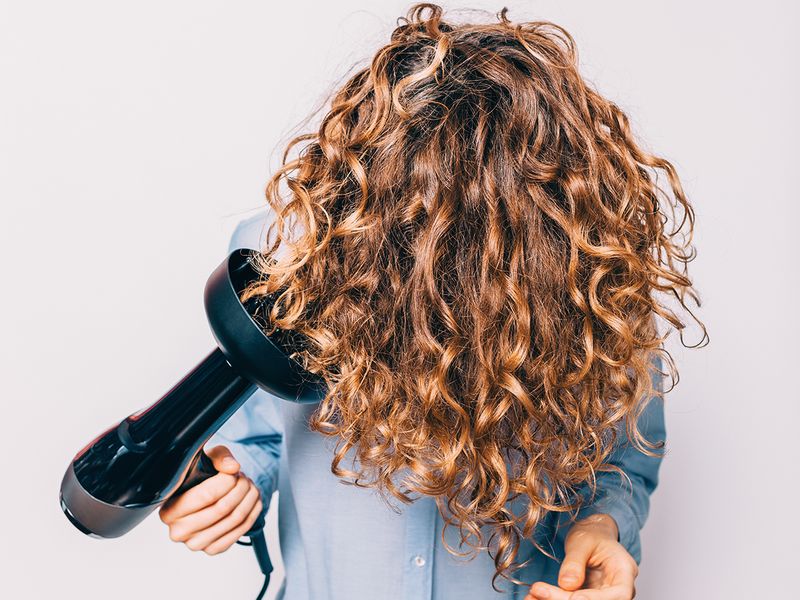
When it comes to drying, you can either leave the curls to the air or ‘plop’ them in a cotton t-shirt like a wrap. For quicker results, though, you can blow dry your hair – with a diffuser. The diffuser is a bowl-shaped attachment with prongs that spreads the air evenly.
“The diffuser gives me volume and definition, but it’s not everyone’s cup of tea. Not all curly hair girls are used to big hair,” said Rashad. But if you want bigger hair, do this:
“Use the highest fan speed with the lowest heat, and hover the dryer over the curls from afar. The hair should be relatively dry. Then turn your head upside down and scrunch sections of the hair inside the diffuser for 10 seconds, before letting go. Don’t be too quick – it’s a lot of work,” she added.
In between wash days
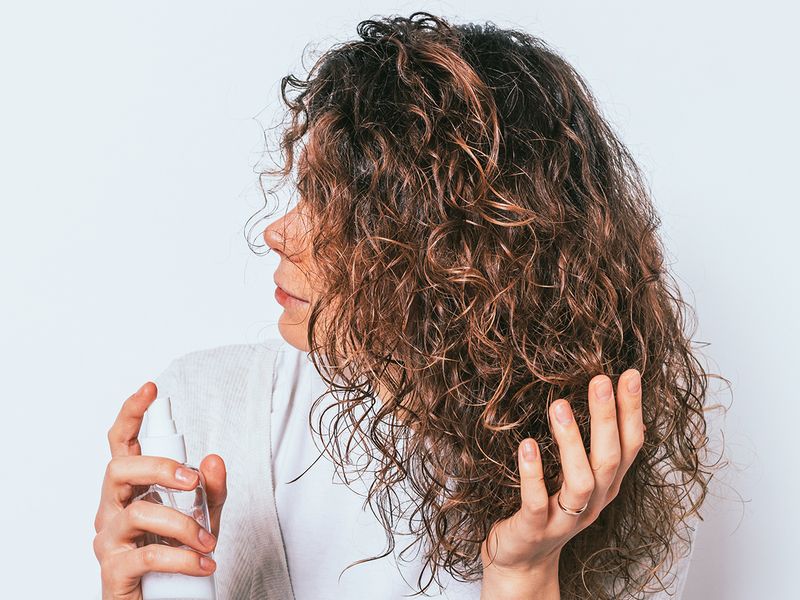
1. Sleep in a pineapple: No one wants to squish their freshly styled curls in sleep. The solution is a protective hairdo called the pineapple, where you gather your curls in a loose ponytail on top of the head.
Rashad recommends a single loop of a silk scrunchie. You can either sleep on a silk pillow case or invest in a silk bonnet to prevent frizz.
2. Refresh with water: Curls are going to look less loopy, frizzier the day after your wash day. This is normal. A great hack to bring them back to life is using a water spritzer mixed with a pump of your favourite gel and cream.
“Always follow this with the diffuser and your hair will look like it did on wash day,” said Rashad.
Now all that’s left is to figure out which products will work wonders for your curls – will it be the mousse, curl cream, gel or all? Even though it’s been years since I began wearing my natural hair, I’m still cracking that code. It’s a work in progress. And clearly that’s okay because I can’t remember when I last saw my straightener.





